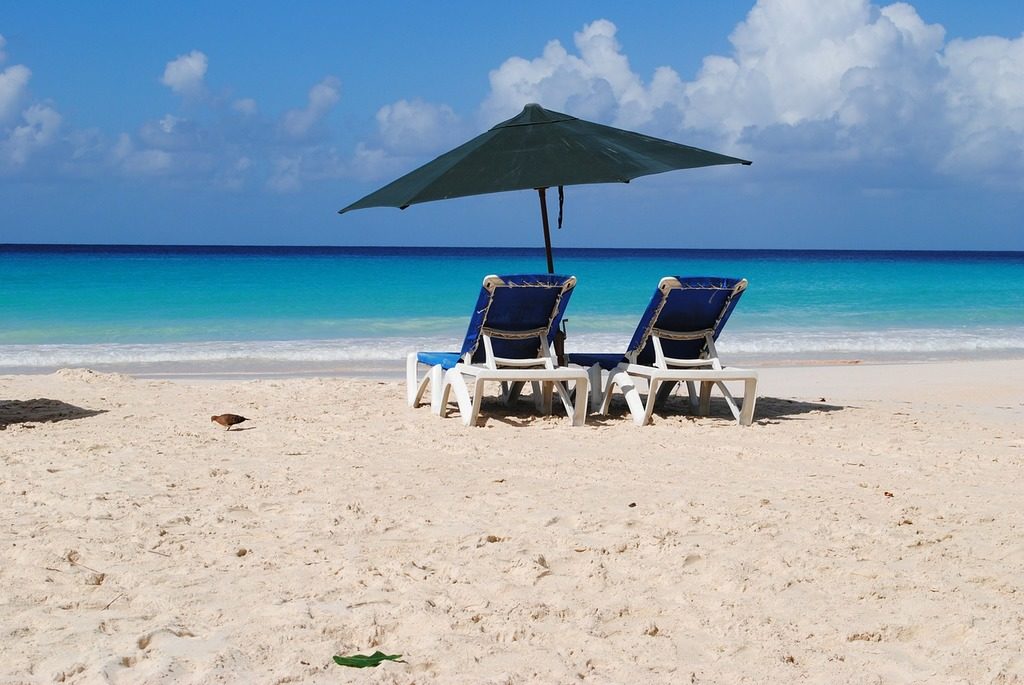By Elaine Glusac.
Hurricane season in the Atlantic Ocean — and that includes the Caribbean, the Gulf of Mexico and destinations in the Bahamas and Florida — runs from June 1 to Nov. 30. Hurricanes can strike at any time, but peak season runs August through October, when the National Oceanic & Atmospheric Administration says 96 percent of major hurricanes have struck. (The NOAA recently updated its research on upcoming hurricane activity, and now says it is expecting the rest of this season to be more active than normal.)
That period, and extending through November, is also when resorts in the Caribbean, especially, offer rock-bottom rates, enticing budget travelers to risk a storm. For example, Calabash Cove Resort and Spa in St. Lucia currently has an all-inclusive deal for two people for five nights at $1,572 through Dec. 23 versus $3,485 in high season. Atlantis, Paradise Island in the Bahamas has rates from $189, or 30 percent off high-season prices this fall, including a $100 resort credit. The all-inclusive Hilton Rose Hall Resort & Spa in Jamaica is offering rooms in September from $213, a 45 percent discount.
Betting on good weather is always a risk. But what does it cost to cover the risk of your investment in the event of a hurricane? It’s hard to put an exact figure on it, given the many variables of travel, but the cost of hurricane disruption can run from nothing — assuming the airline waives change fees and the hotel accommodates penalty-free rebooking — and start at roughly $50 a person to insure it. Below are some questions to ask before you commit to your trip.
READ MORE at nytimes.com

